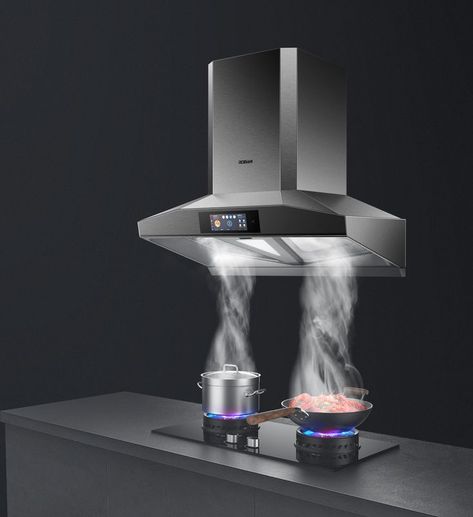A chimney is an integral part of any home, providing ventilation for smoke and gases produced by fireplaces, stoves, or heating systems. While often overlooked, a well-maintained chimney is crucial for the safety and efficiency of these heating sources. In this comprehensive guide, we will explore the functionality and maintenance of chimneys, ensuring you have all the information you need to keep your chimney in optimal condition.

Understanding the Components of a Chimney
Before delving into chimney maintenance, it’s important to have a basic understanding of its components. A typical chimney consists of the following parts:
1. Chimney Stack
The chimney stack is the vertical structure that extends above the roofline. It is responsible for carrying smoke and combustion gases out of the house.
2. Flue
The flue is the inner lining of the chimney that directs smoke and gases to the outside. It is crucial for preventing the escape of harmful fumes into the living space.
3. Chimney Cap
Situated on top of the chimney stack, the chimney cap acts as a protective covering. It prevents rain, debris, and animals from entering the chimney, ensuring its proper functionality.
4. Chimney Crown
The chimney crown is a masonry or concrete slab that covers the top part of the chimney stack. Its role is to prevent water from seeping into the chimney structure and causing damage.


The Importance of Regular Chimney Maintenance
Maintaining your chimney is vital for both safety and efficiency reasons. Here’s why:
1. Preventing Chimney Fires
A buildup of creosote, a highly flammable substance, inside the chimney can lead to chimney fires. Regular cleaning and inspection help remove this dangerous residue, reducing the risk of fire.
2. Ensuring Proper Ventilation
A well-maintained chimney ensures the efficient flow of smoke and gases out of your home. This prevents backdrafts, carbon monoxide poisoning, and the accumulation of harmful pollutants indoors.
3. Extending the Lifespan of Your Chimney
Regular maintenance and repair work can significantly increase the longevity of your chimney. By addressing minor issues promptly, you can prevent them from escalating into major, costly repairs.

Chimney Maintenance: What You Need to Know
Now that you understand the importance of chimney maintenance, let’s explore the key steps involved:
1. Annual Chimney Inspection
It is recommended to have your chimney inspected by a professional at least once a year. This thorough examination helps identify any structural or performance issues that require attention.
2. Regular Chimney Cleaning
Chimney cleaning involves removing creosote, soot, and debris that have accumulated inside the flue. Hiring a certified chimney sweep ensures a thorough and safe cleaning process.
3. Repairing Damaged Chimney Components
If any parts of the chimney, such as the crown or flue liner, are damaged, it is crucial to have them repaired promptly. Ignoring these issues can lead to further deterioration and compromise the entire chimney system.
4. Installing a Chimney Cap
Consider installing a chimney cap if you don’t already have one. A chimney cap provides protection against water damage, animal intrusion, and blockages caused by debris.
Conclusion
Regular maintenance and care of your chimney are essential for a safe and efficient heating system. By understanding the various components of a chimney and the significance of proper maintenance, you can ensure the longevity and functionality of this crucial home feature. Remember to schedule an annual inspection, clean your chimney regularly, and address any repairs promptly. By following these steps, you can enjoy a warm and cozy home while minimizing potential hazards.
Buy Now : Top 5 Best Chimney Price under 10000 (10K) in India
Buy Now : Top 6 Best Chimney for Kitchen Price under 20000 (20K) in India
Buy Now : Top 5 Best Chimney under 25000 in India
For Amazon Loot Deals & Offers Join Our Telegram : Click Here!



